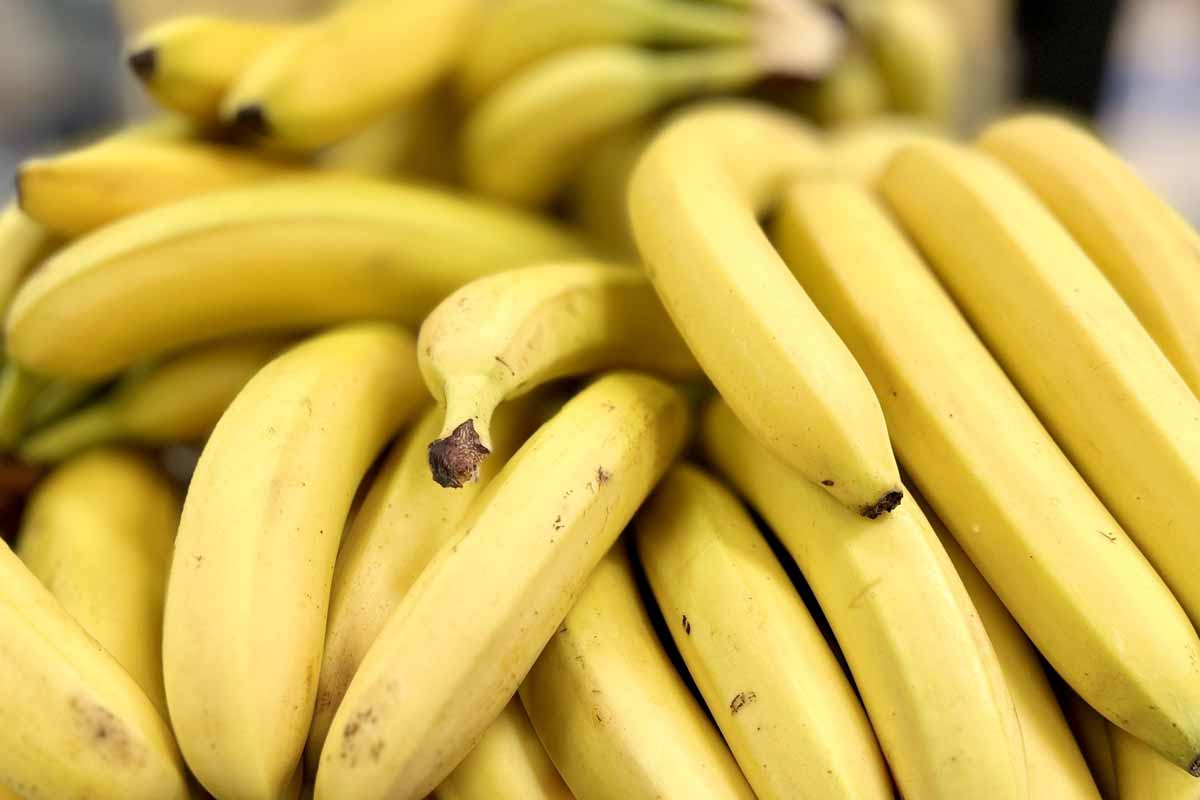Think your banana does the heavy lifting? That’s not correct. Every single day, our cells, muscles, nerves and bones depend on potassium. Adults aged 19 and older require 2,600–3,400 mg daily, according to NIH estimates. There are 450 milligrams in a medium banana. Good, yet only moderate. Many foods beat it handily. Here’s how to upgrade variety, keep flavor high, and move closer to your daily target without boredom. You’ll find winners in greens, roots, fruits, legumes, and even yogurt.
Why Many Foods Outrank Bananas on potassium
A medium banana has about 450 milligrams of potassium. It helps out but still no champion. Cooked beet greens are far better, with 1,309 milligrams in a single cup. That’s almost three times better. Slice those tender tops nice and thin. In order to preserve their color and prevent them from going limp on you, add them to your soup in the final few minutes.
With over 960 milligrams per cooked cup, Swiss chard also receives high marks. The greens suit brothy soups and quick sautés with garlic. The stems shine later in brine. Save them for pickling, which adds crunch and cuts food waste. Colorful ribs also look great in jars.
Leafy tops often land in compost. Resist that habit. Compared with the dense roots, the greens turn silky fast. Add a few big handfuls after slicing. They fold into stews, beans, or noodles. You build flavor quickly while lifting your mineral intake without extra effort.
Beans and Rainbow Greens That Raise Intake
Allow us to present adzuki beans, or commonly referred to as red mung beans. Perhaps you recall them from your mochi or sweet buns. A cooked cup of beans contains 1,224 milligrams of the mineral. They also provide antioxidants and valuable minerals. In savory bowls, they hold their form well, so whether in stew or salad, they can be of benefit.
Spinach joins the list with about 839 milligrams per cooked cup of potassium. It packs in over five grams of protein and about fifteen percent of your daily fiber needs. You’re also getting a boost of vitamin C, calcium, and iron thrown in there. A triple spinach soup works nicely, since the fast simmer keeps flavor bright.
Greens also love quick heat. Sauté ribbons in olive oil, then finish with lemon. The gentle acidity balances their earthy side. Stir into grains or eggs for easy meals. When time feels tight, these small steps keep comfort high and nutrition steady with very little fuss.
Roots and Squashes With Surprising Power
True yams differ from sweet potatoes. They grow widely in Africa and Asia. The skin looks dark and flaky. The flesh runs pale and very starchy. A cooked cup has about 911 milligrams of potassium. Cut them into wedges, roast on high heat, and drizzle with chili oil, if available.
Acorn squash tastes tender and sweet. The edible skin saves prep time. Expect almost 900 milligrams per cooked cup. Peak season runs September through December. Roast halves cut side up, so edges caramelize. For faster nights, cube and pan-sear until browned, then steam a minute.
Butternut asks for a bit more effort. The dense orange flesh rewards patience and tastes great roasted. It is technically a fruit. A cooked cup provides around 582 milligrams of the mineral. Maple glaze plays well here. Keep prep safe with a sharp knife and a steady, flat cutting board.
Starchy Staples You Already Buy More Often
Parsnips are similar to thick, white carrots. Their sugars become nutty and deep when roasted. A cooked cup gives about 572 milligrams of the mineral. Sweet potatoes match that number at 572 per cup. Both roast well on the same tray, which simplifies timing and cleanup for weeknights.
Taro brings a different texture. That brown, fuzzy skin hides white flesh that turns nice and creamy when you cook it. A cooked cup gets you about 639 milligrams of potassium. Slice them thin and they’ll crisp right up into chips. Purée suits savory bowls. Bakeries also use taro in buns and sweet breads. Boba shops blend it into drinks.
Plantains look like large bananas, yet work differently. Let them ripen until very dark, then fry. A cooked cup reaches about 663 milligrams of the mineral. For savory plates, use green plantains and go pan-crisp tostones. For breakfast, fry ripe slices and finish with a pinch of salt.
Smart Dairy Picks and a Common potassium Mistake
Nonfat and low-fat yogurts help. An eight-ounce plain nonfat serving gives 625 milligrams. Plain low-fat lands near 573. However, there are roughly 320 milligrams in eight ounces of Greek yogurt. Serve yogurt with nuts and fruit for balance. The combo supports satiety while adding fiber and texture.
Jackfruit offers hearty texture and kitchen range. A cooked cup contains about 739 milligrams of potassium. The seeds turn edible once boiled or roasted. For savory pulls, canned versions work best. Water chestnuts add clean crunch and about 724 milligrams per cup. Rinse canned slices to refresh them.
Guavas have pink flesh and green to yellow skin, and they have a sweet, flowery flavor. widespread in Mexico, parts of the Caribbean, and Central and South America. 688 milligrams are delivered in a cup. Kiwi brings about 560, plus over eighty percent of daily vitamin C, vitamin K, and copper. Cantaloupe sits near 474 and edges a banana by over twenty milligrams. Choose summer fruit and smell the stem end for ripeness.
A simple way to rotate choices and hit your daily needs
Variety turns this from a chore into a habit. Start with one swap today. For beet greens, adzuki beans, or yogurt and fruit, trade a banana. Yams, squash, plantains, and guava can be traded out during the week. This will cover more nutritional bases and expand flavor. All cells, muscles, nerves, and bones rely on potassium, so small changes add up quickly.
